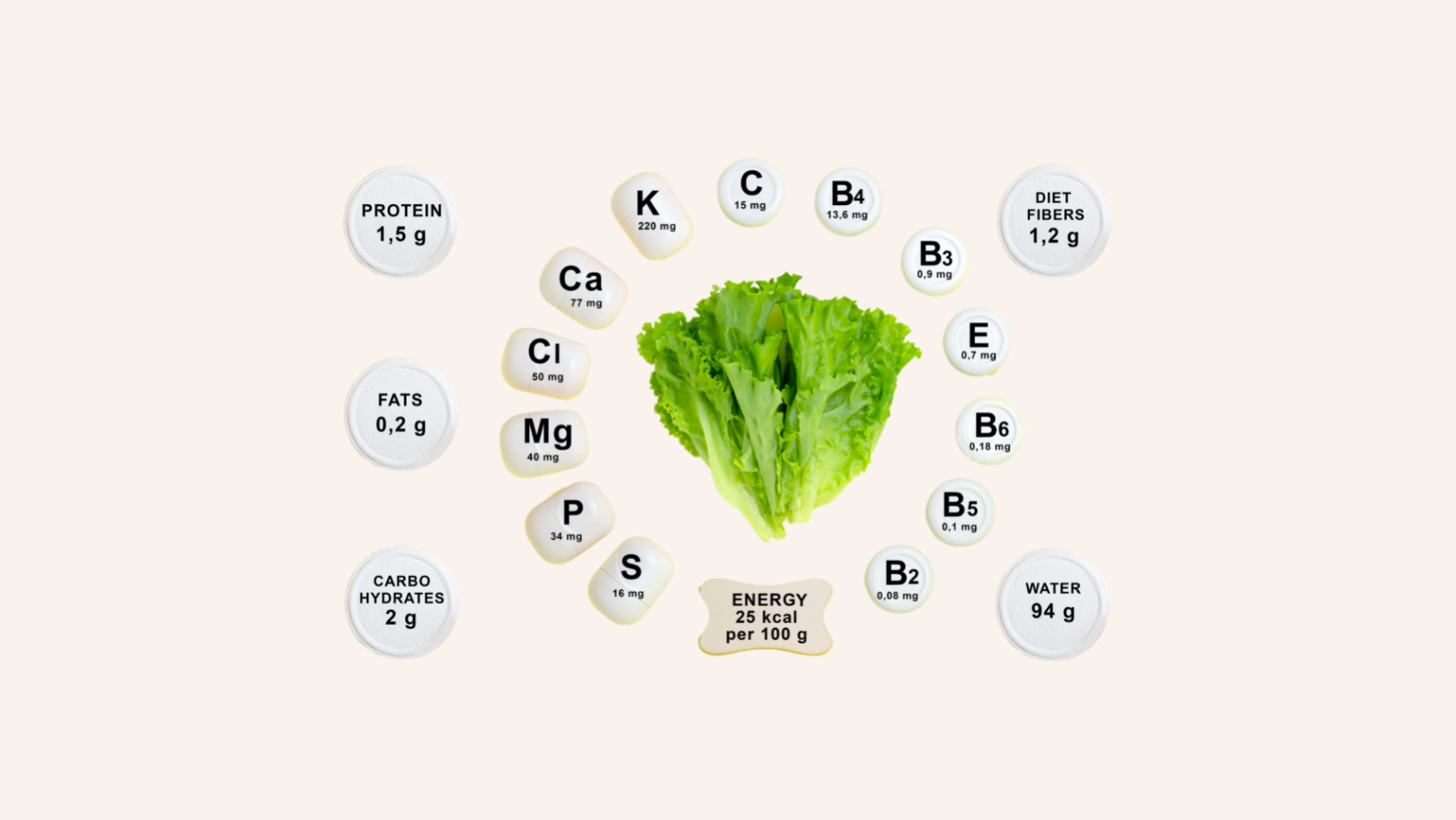Let me tell you something about the RDA – it’s the bare minimum needed to avoid conditions such as rickets and scurvy, not the optimal amounts required for health. If you’re meeting the RDA, you’re unlikely to be thriving and that’s not a good thing when you’re looking to conceive. Using RDAs as your guideline can mean that you’re not meeting the body’s needs in for conception and beyond.
We also need to think about how much we’re assimilating (absorbing). We don’t necessarily absorb and use everything we ingest, especially if the digestive system is compromised. This can mean that even supplements can be completely ineffective and a waste of money.
Doing a Hair Tissue Mineral Analysis (HTMA) can tell us how you’re doing with nutrient assimilation and whether we need to support the body to improve it.
Why Prenatal Nutrition Guidelines Aren’t Optimal
When you see “100% of RDA” (or similar) on prenatal supplements, it’s easy to assume that you’ll be getting everything you need when you’re trying to conceive or are already pregnant but this isn’t the case.
The RDA isn’t actually related to the specific nutritional needs for conception or pregnancy. In fact, they aren’t even calculated with women in mind!
Current recommendations for prenatal nutrition needs is based on male bodies and adjusted slightly.
They don’t take into account the many physiological differences between adult men and adult women, let alone a woman who is TTC.
They also don’t factor in the increased requirement for certain nutrients due to stress, exposure to toxins, poor gut health, and other scenarios that can change your nutritional needs.
This is why RDAs are guideline – recommendations, rather than set-in-stone rules.
There’s another problem too. RDAs look at nutrients in isolation and don’t take into account nutrition as a whole. When we eat real food, it can contain a range of vitamins, minerals, antioxidants, and other nutrients, which is very different from getting nutrients from fortified foods or supplements. As a Nutritional Therapist, I look at nutrition as part of a bigger picture, including how nutrients interact with each other.
I want to highlight a few vitamins and minerals that we can need more of in preparation for pregnancy.
Magnesium – We can use a lot of magnesium, especially when we’re stressed, and this can mean that the RDA isn’t enough. When you’re TTC, this is bad news as magnesium is crucial for fertility. Of course, you can eat more magnesium-rich foods but it can still be hard to reach optimal levels.
Vitamin D – Vitamin D is another crucial one for fertility – even more so given that vitamin D deficiency is very common. The RDA for fertility is 400 IU per day but studies have suggested that you may need much higher levels of vitamin D when you’re trying to get pregnant (and if you’re successful with this).
Choline – Choline deficiency is often a factor in neural tube defects so this is a nutrient you don’t want to be deficient in while you’re trying to conceive.
We can get choline from meat (especially organ meats), fatty fish and eggs but it can be harder to get enough from diet alone in a vegetarian or vegan diet. Despite needing more choline in preparation for pregnancy, choline isn’t included in all prenatal supplements.
Is Your Prenatal Nutrition Supporting Conception?
Nutrition is such a big piece of the puzzle when it comes to fertility and it’s crucial to make sure that your day-to-day nutrition is supporting key systems in the body and contributing to a “safe” environment for conception.
If you’re concerned that your nutrition isn’t supporting your preconception health and pregnancy, I’d love to help you change that. With a HTMA, we can look at nutrient status and see if we need to work on nutrient assimilation too.
You can book a free discovery call with me to get started.

